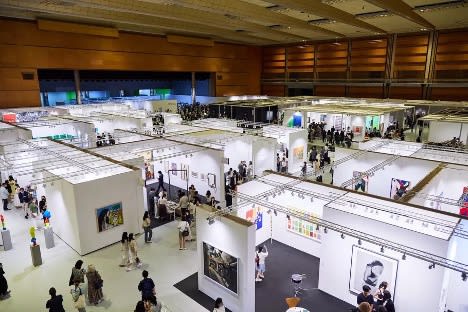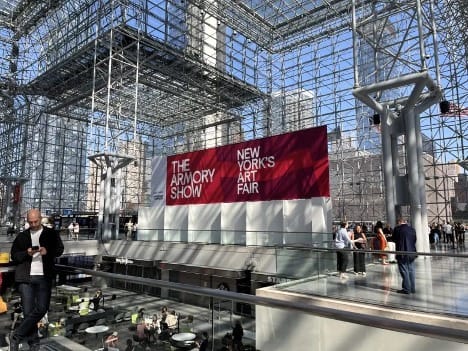As the global art market emerged from its summer break, two major fairs - The Armory Show in New York and Frieze Seoul - offered contrasting snapshots of a tumultuous industry. While New York displayed a mix of caution and optimism, Seoul’s fair reflected a more restrained atmosphere, with economic uncertainty weighing on sales. Together, these fairs highlighted the differing dynamics between an established Western art market and a rapidly growing but wary Asian counterpart.

Despite the backdrop of global instability, there was a sense of positivity at the Javits Center in New York. Rising interest rates, inflation, and geopolitical issues, particularly the ongoing wars in Ukraine and Gaza, have created an environment of economic anxiety. This alongside the upcoming US presidential election has further contributed to uncertainty, with high-net-worth collectors becoming more selective. Despite all of this, it seems buyers came ready to purchase.
Notable sales included Robert Motherwell’s Apse (1980–84) for $825,000, Ai Weiwei’s bronze sculpture for $450,000, and works by emerging artists such as Michael Berryhill and Teruko Yokoi. While sales were selective, they were significant, offering relief to galleries that had faced slower auctions earlier in the year. Dealers sometimes describe The Armory as an indicator for the autumn season, with its solid performance suggesting that the US market remains resilient despite broader economic pressures.

New York dealer Hollis Taggart noted, “It’s a psychologically stressful time, and I think that permeates into the psyche of the art world.” Yet, by the end of the fair’s first day, sales demonstrated that, while cautious, collectors remained engaged, particularly with blue-chip and established artists.
In contrast, Frieze Seoul unfolded with more muted expectations. South Korea’s economy has been affected by a slowdown, driven by weakened consumer confidence and trade tensions with China. These factors were evident in the fair’s slower sales, particularly for Western artists, as collectors exercised greater caution. However, attendance remained strong, with over 70,000 visitors, supported by the concurrent Seoul Art Week and Korea Art Festival.

Despite the more subdued energy, there were notable successes. PKM Gallery sold a Yoo Youngkuk painting for $1.5 million, and Lehmann Maupin placed works by Korean artist Lee Bul for $190,000 and $210,000. While sales were slower overall, galleries continued to engage collectors, particularly from Southeast Asia.
The contrasting results at these fairs reflect broader global trends. In New York, an established collector base and robust institutional support have helped the market stay buoyant. Meanwhile, in Seoul, Asia’s growing influence in the art world is evident, but the region is navigating economic challenges that temper immediate growth.
As the post-pandemic market continues to evolve, The Armory Show reaffirmed New York’s dominance, showing that despite global instability, the demand for high-end art remains strong. Frieze Seoul, on the other hand, highlighted Asia’s potential but also its current challenges. In both cities, art fairs continue to serve as vital platforms for resilient markets amid uncertain times.
